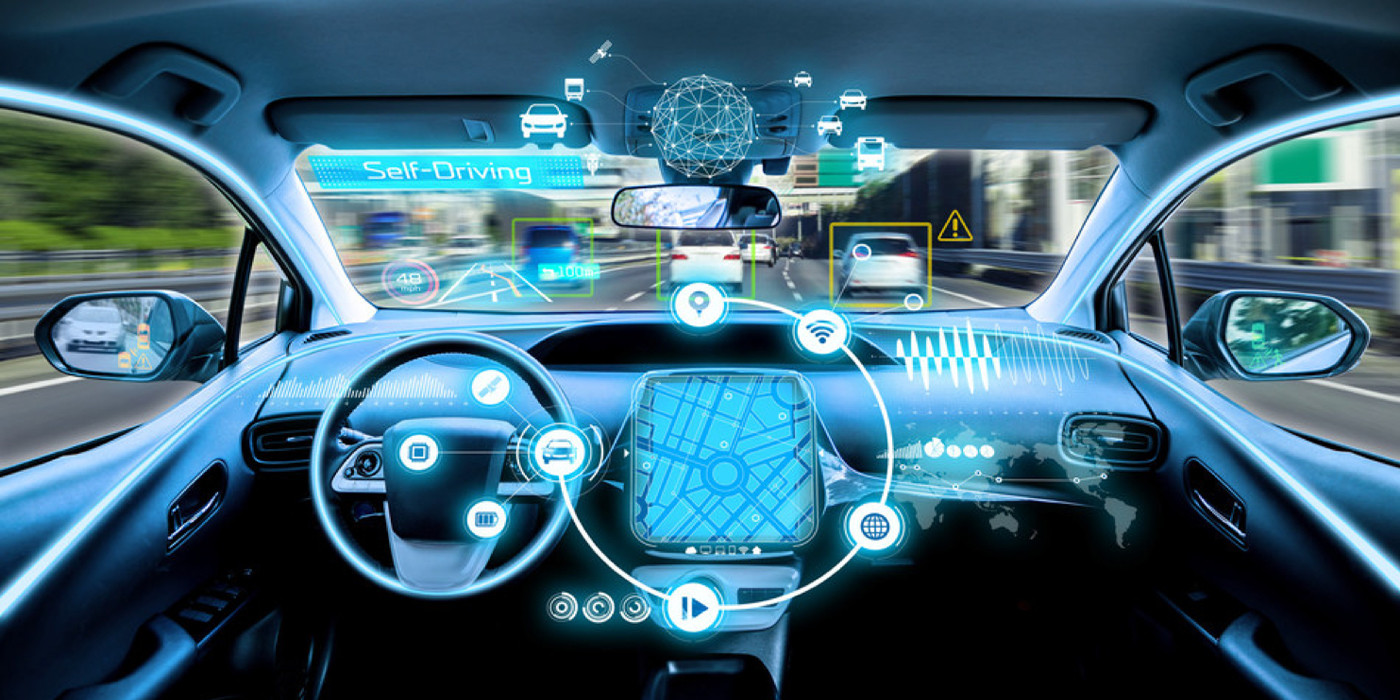Why the future for cars is connected

5G connectivity could redefine the automobile industry as we know it
Image: Avanci
Stay up to date:
Mobility Solutions
- The market for connected cars is predicted to soar to over $215 billion by 2027.
- Connected cars are potentially safer for road users, and less harmful to the environment.
- They open up new revenue streams for the car industry, with features such as remote diagnostics, predictive maintenance and online service scheduling.
The market for connected cars is predicted to be worth over $215 billion by 2027. With the demand for greater connectivity set to soar, 5G-enabled connected cars will become the new norm. What we expect of a vehicle is fundamentally changing from a tool used to merely move us from A to B, to an integrated, fully-connected hub.
Connected cars have clear benefits, being potentially safer and less harmful for the environment. They also present the car industry with an opportunity to innovate and create stronger relationships with its customers than ever before. 5G connectivity is the future of the auto industry and will redefine mobility as we know it.
Here are four ways in which 5G-connected vehicles are redefining the world’s driving experience.
1. Improved safety
According to the UN, approximately 1.3 million people die every year as a result of road traffic accidents, with 20-50 million suffering non-fatal injuries. Over half of all deaths are vulnerable road users, such as pedestrians and cyclists.
The introduction of 'vehicle-to-everything' communications enables a more direct flow of information between vehicles, pedestrians and road infrastructure. This means that drivers will be alerted to nearby hazards, such as broken-down vehicles, reducing the chance of accidents. It has the potential to significantly improve road safety around the world.
2. Consumer experience
Driver demand for connectivity is increasing as people become more familiar with the benefits of staying connected. According to McKinsey, 40% of consumers would change car brands just to gain more connectivity within their vehicles, rising to 61% for drivers in China. 5G-enabled vehicles allow drivers to enjoy their favourite entertainment apps, such as music streaming services or audio book services, from the comfort of their vehicle.
The demand for a more luxurious driving experience with all the comforts of home has never been higher. It’s estimated that by as early as next year, there will be more than 125 million passenger cars with embedded connectivity on the world’s roads, a 270% increase since 2018.
Accept our marketing cookies to access this content.
These cookies are currently disabled in your browser.
3. Environmental benefits
As well as improving road safety, many of the key features of 5G-enabled vehicle-to-everything technology could also help to manage traffic congestion in major cities. Vehicle-to-infrastructure communication enables direct communication channels between a vehicle and nearby road infrastructure, without need to connect through a central mobile network. This could, for example, alert drivers to an upcoming red light or traffic jam, allowing them to alter their path accordingly, or adjust the vehicle’s rate of travel to maximize fuel economy and reduce emissions.

4. Alternative revenue streams for auto makers
5G also presents a huge revenue opportunity for auto makers that goes beyond just the point of sale. It will allow manufacturers to create lasting connections with customers by offering additional features such as remote diagnostics, predictive maintenance and online service scheduling – all of which would not be possible without integrated connectivity.
Don't miss any update on this topic
Create a free account and access your personalized content collection with our latest publications and analyses.
License and Republishing
World Economic Forum articles may be republished in accordance with the Creative Commons Attribution-NonCommercial-NoDerivatives 4.0 International Public License, and in accordance with our Terms of Use.
The views expressed in this article are those of the author alone and not the World Economic Forum.
Forum Stories newsletter
Bringing you weekly curated insights and analysis on the global issues that matter.